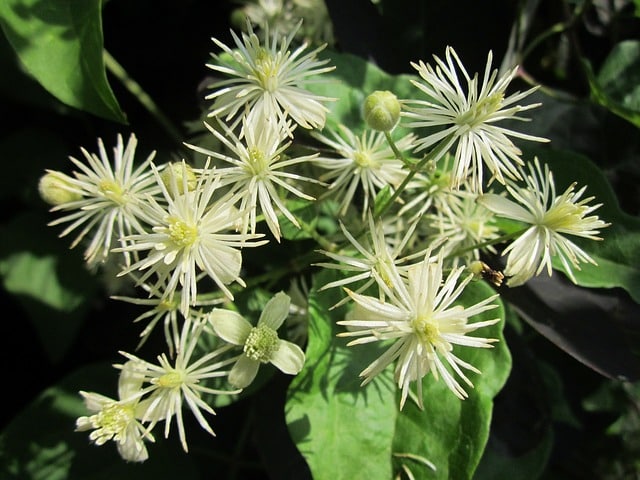
One of the many forms of the pipe clamp
A clamp is an element that, by surrounding or squeezing something , allows it to be held . It is a frequently used part in pipes and wiring .
Support and resistance
The clamps can be plastic , metal or other types. Depending on the needs, they are arranged horizontally or vertically, and can use a base (such as a ceiling or wall) or be suspended.
Once installed, the clamps must support a load and exert resistance . It is necessary to calculate the forces to which they will be subjected to know at what distance it is convenient to install each clamp, thus guaranteeing its proper functioning and the safety of the structure.
Specialists indicate that the clamps, when placed, should not be forced with a screwdriver or any other utensil . If they are subjected to excessive torque, they may break.
When determining the appropriate clamp for a pipe , the contents of the conduits must be taken into account. Depending on whether gases or liquids are transported, and according to the characteristics of the material (in terms of temperature , the corrosion it generates, etc.), the appropriate clamp model must be chosen.
pipe clamp
So far, we have defined a product called a pipe clamp , which should not be confused with a pipe clamp. The latter, which is also known by the name of clamp , has two pieces that allow the object to be treated to be held with a wide range of grip, and which are usually guided with the help of a tube to adjust the desired length.
The tube is not a fixed part of this type of clamp, but can be changed for a more or less extensive one, depending on the needs of the work to be done. This great flexibility enhances the value of this tool, as it makes it suitable for jobs of different volumes and levels of precision. Various materials can be used to manufacture the pipe clamp: from stainless steel to natural aluminum, using a sandblasted or polished finish, or coating it in epoxy resin, respectively.
Regarding the tube, which can also be obtained in different materials, more or less resistant, one of its most useful properties is that it is non-slip. This can make the difference between a job well done and one that lacks precision if the forces we exert on the object manage to move the pieces.
Flanges
Beyond the clamps that are used on pipes, we can also find simpler clamps that are used to organize cables in an office or even a home. With one clamp you can hold several cables at the same time.
Saw clamp
The Royal Spanish Academy ( RAE ), finally, refers in its dictionary to the clamp saw : this is the name given to the toothed tool whose blade is located in the middle of a frame. The clamp saw is used to cut large logs that are placed on sawhorses.

The climbing plant "Clematis vitalba" is also known as "clamp"
The bush
The clamp plant (also called beggar 's plant ) is a shrub that belongs to the ranunculaceae family. Its scientific name is Clematis Vitalba , it is native to the European continent and has toxic properties. Regarding its other name, it arose because in the Middle Ages homeless people used it to irritate their own skin and thus generate more pity in passersby.
Since it is a climbing plant , the height at which it develops is linked to the tree in which it is housed. This characteristic is what gave rise to the name "clamp". Its stems are woody but its upper stems exhibit greater porosity and delicacy.
